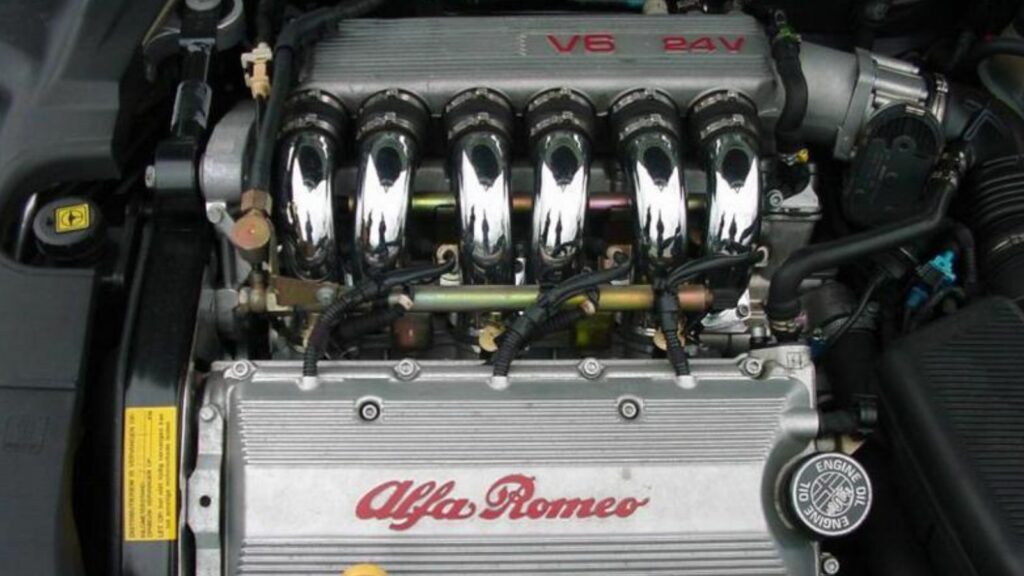The V6 engine has long been the versatile middle child of the automotive world. Not as brutish as a V8 and not as lightweight as an inline-4, the V6 has carved out a role that balances power, efficiency, and packaging. Over the years, manufacturers have used the V6 in everything from commuter sedans to high-performance supercars, proving its adaptability and staying power. While the V8 often gets the glory and the straight-six the purist respect, these twenty engines prove that the V6 has delivered some of the most memorable and capable powerplants in automotive history.
Nissan VR38DETT (GT-R)

This hand-built 3.8L twin-turbocharged V6 is the heart of the modern Nissan GT-R. It delivers brutal acceleration with upwards of 565 horsepower in later versions, and tuners have pushed it far beyond 1,000 horsepower reliably. Compact, strong, and technologically advanced, it’s the perfect evolution of Nissan’s performance heritage, giving the GT-R supercar performance with everyday usability.
Toyota 2GR-FE / 2GR-FE Supercharged

Toyota’s 2GR-FE V6 might not get the same legendary hype as the 2JZ straight-six, but it’s quietly one of the best modern V6 engines ever made. Found in vehicles ranging from the Toyota Camry to the Lexus RX and even the Lotus Evora, it’s smooth, reliable, and surprisingly tunable. In supercharged form, especially in Lotus applications, it showed just how much hidden performance potential the 2GR carried.
Honda J35 V6
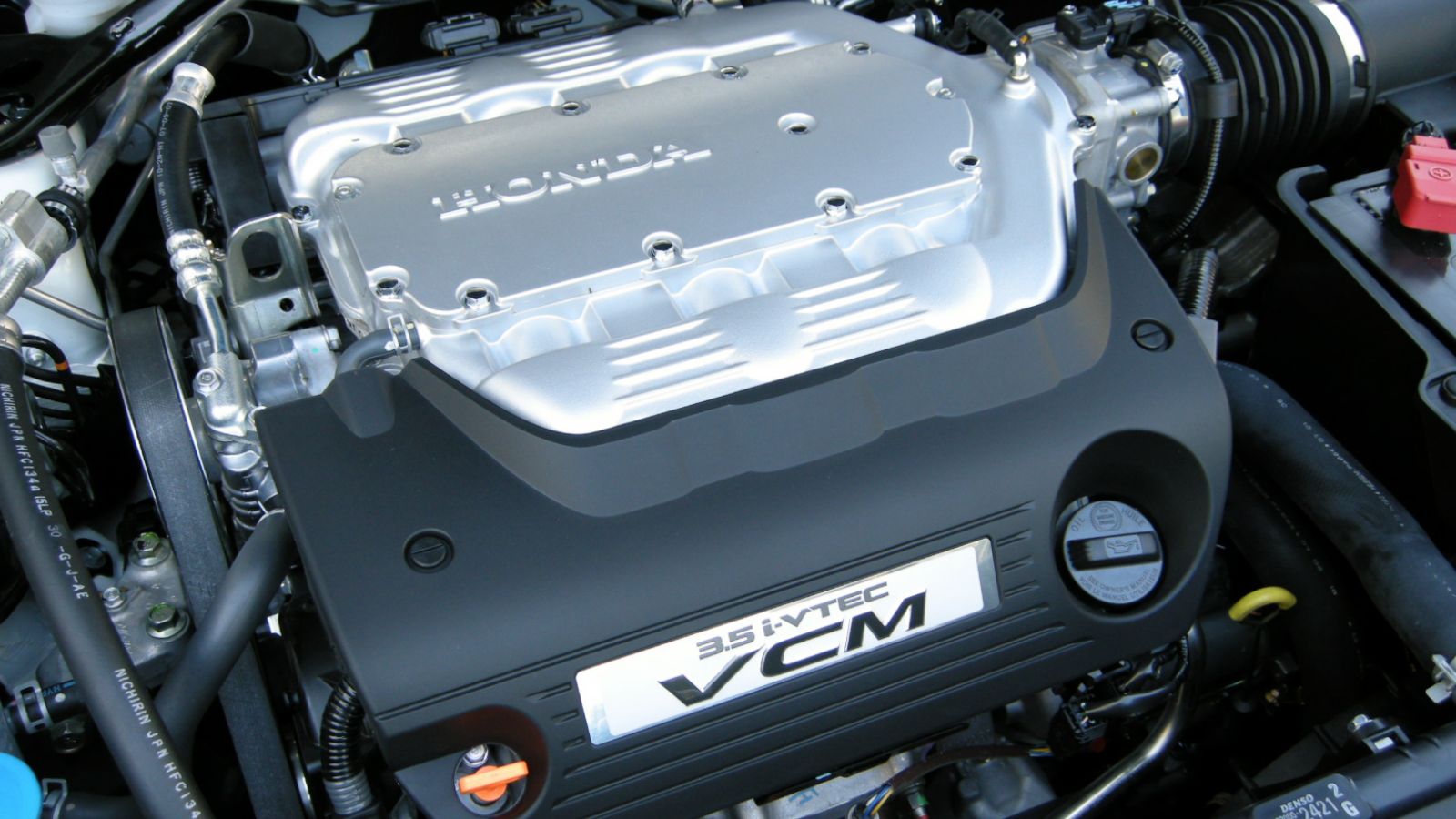
Honda’s J-series engines have powered everything from minivans to sporty sedans, but the J35 is the standout. Known for smooth operation, great low-end torque, and bulletproof reliability, it made the Honda Accord and Acura TL standout performers in their class. Tuners love it for its durability, and Honda fans respect it as one of the brand’s most well-rounded engines.
Nissan VQ35DE / VQ37VHR
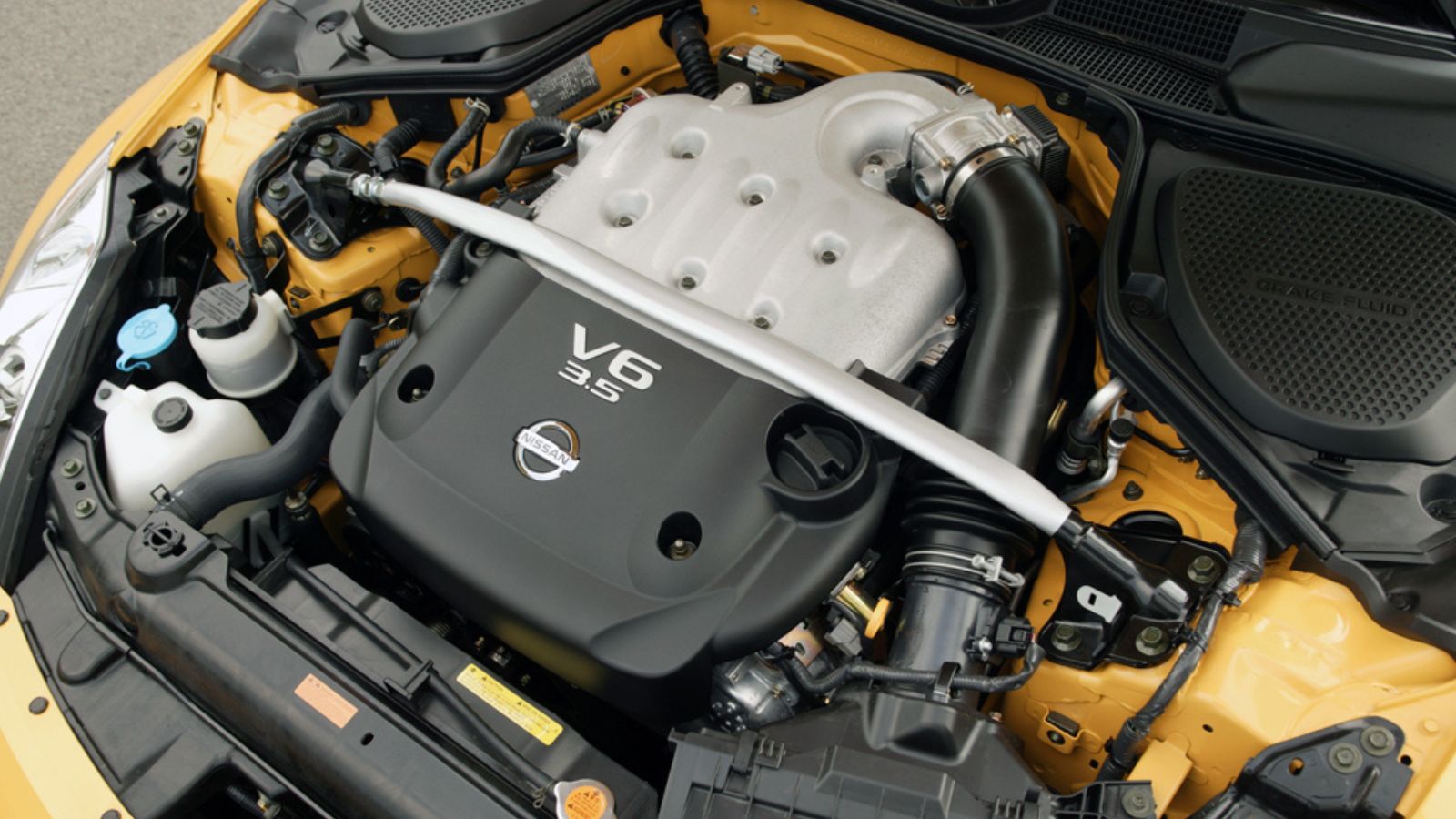
The Nissan VQ series is one of the most decorated V6 families in history, appearing repeatedly on Ward’s 10 Best Engines list. From the 350Z to the Infiniti G35 and beyond, the VQ delivered an intoxicating blend of power, refinement, and a signature exhaust note that enthusiasts still rave about. The later VQ37VHR, with variable valve timing and rev-happy performance, cemented its place among the greatest.
Alfa Romeo Busso V6
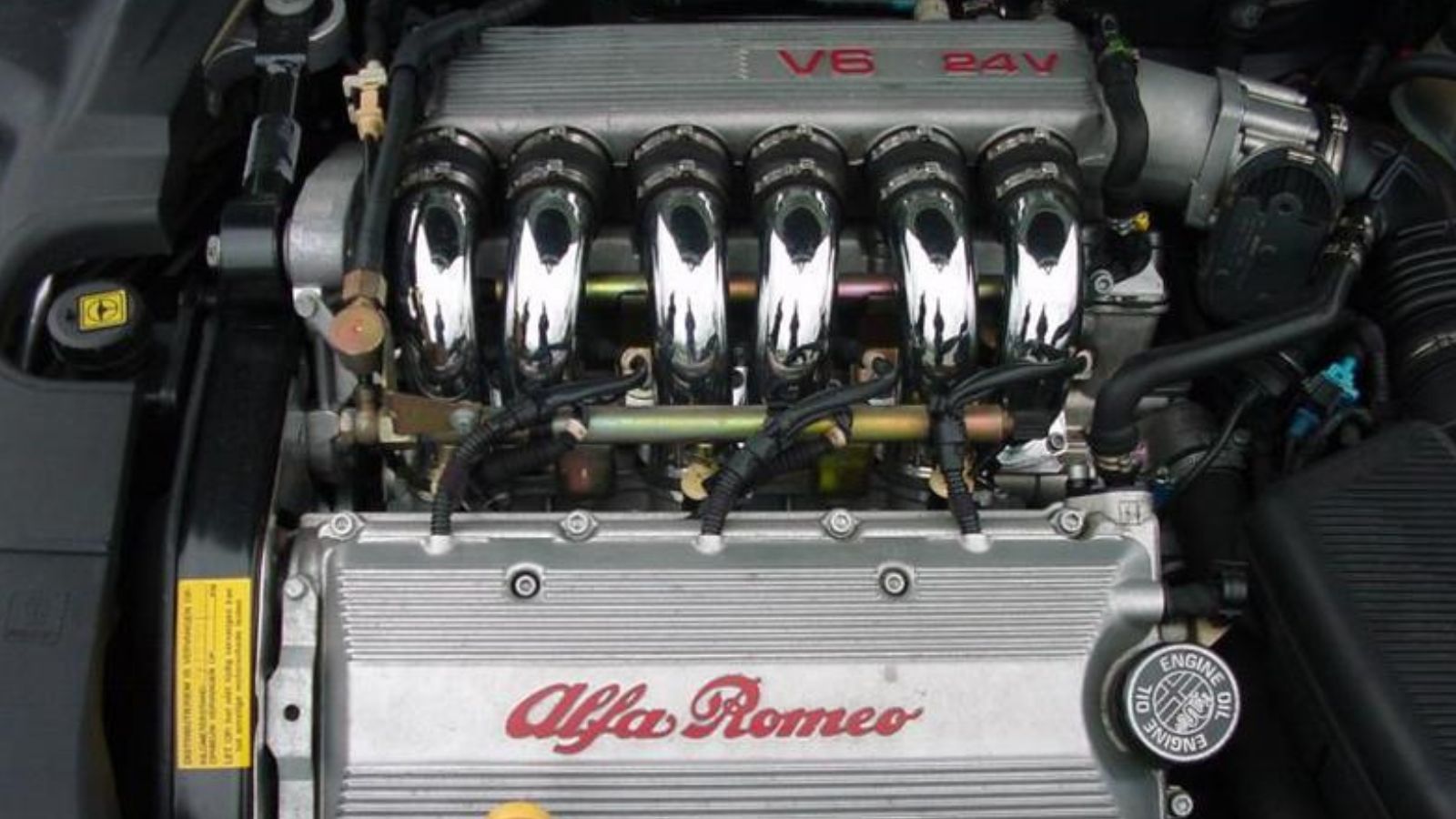
Dubbed by many as the most beautiful-sounding V6 ever made, the Alfa Romeo Busso is as much art as it is engineering. With its polished intake runners and unique character, it powered cars like the Alfa 156 GTA and GTV6. The sound alone is enough to earn it a spot here, but its character, smoothness, and Italian flair make it unforgettable.
Mitsubishi 6G72 Twin-Turbo V6
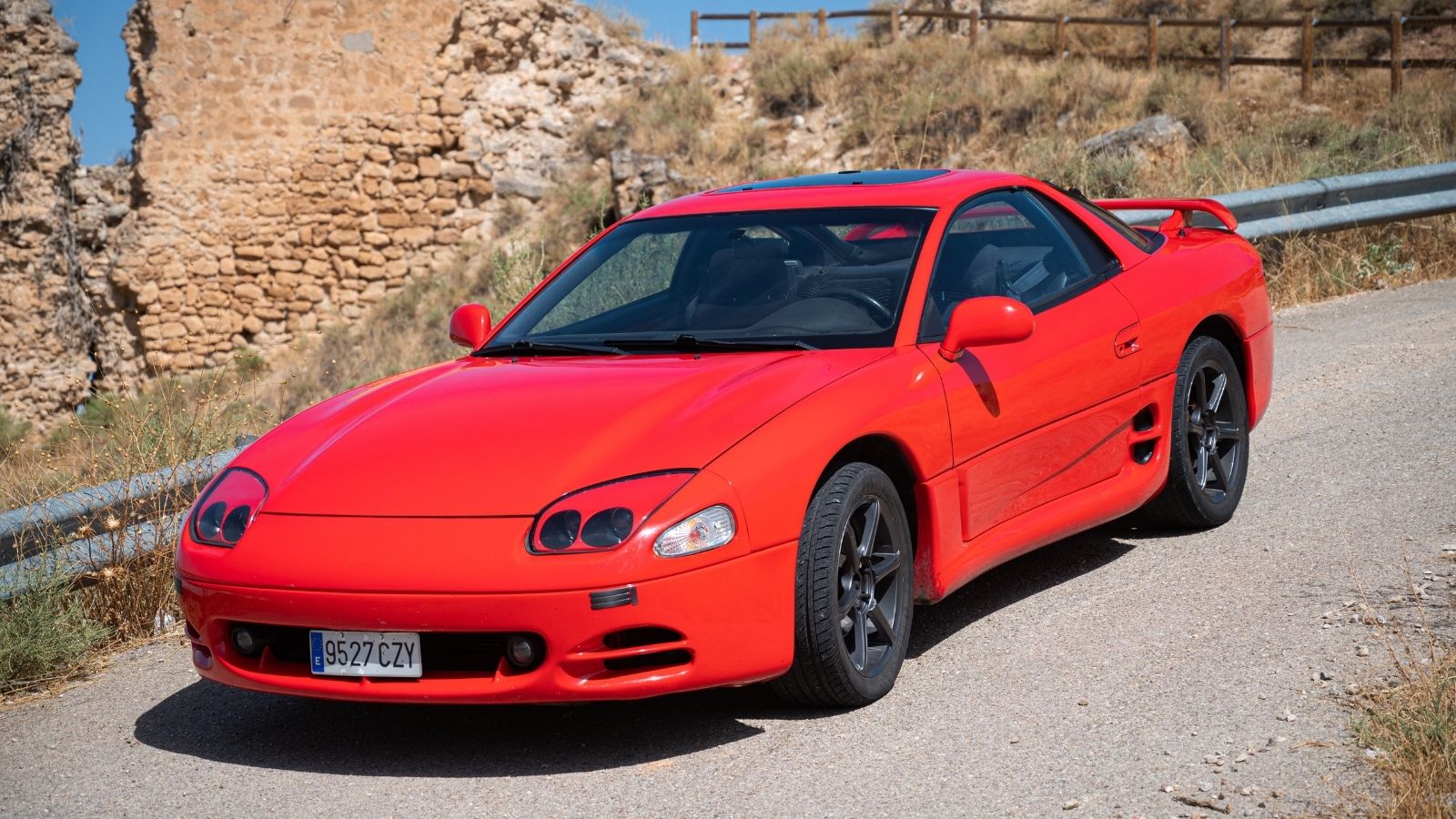
The 6G72 in the Mitsubishi 3000GT VR-4 and Dodge Stealth R/T was a technological powerhouse in the 1990s. With twin turbos, all-wheel drive, and active aerodynamics, it gave Mitsubishi a flagship that rivaled Japanese legends of the era. Even today, the 6G72 remains a cult favorite among tuners for its durability and tuning potential.
Ford 3.5L EcoBoost V6
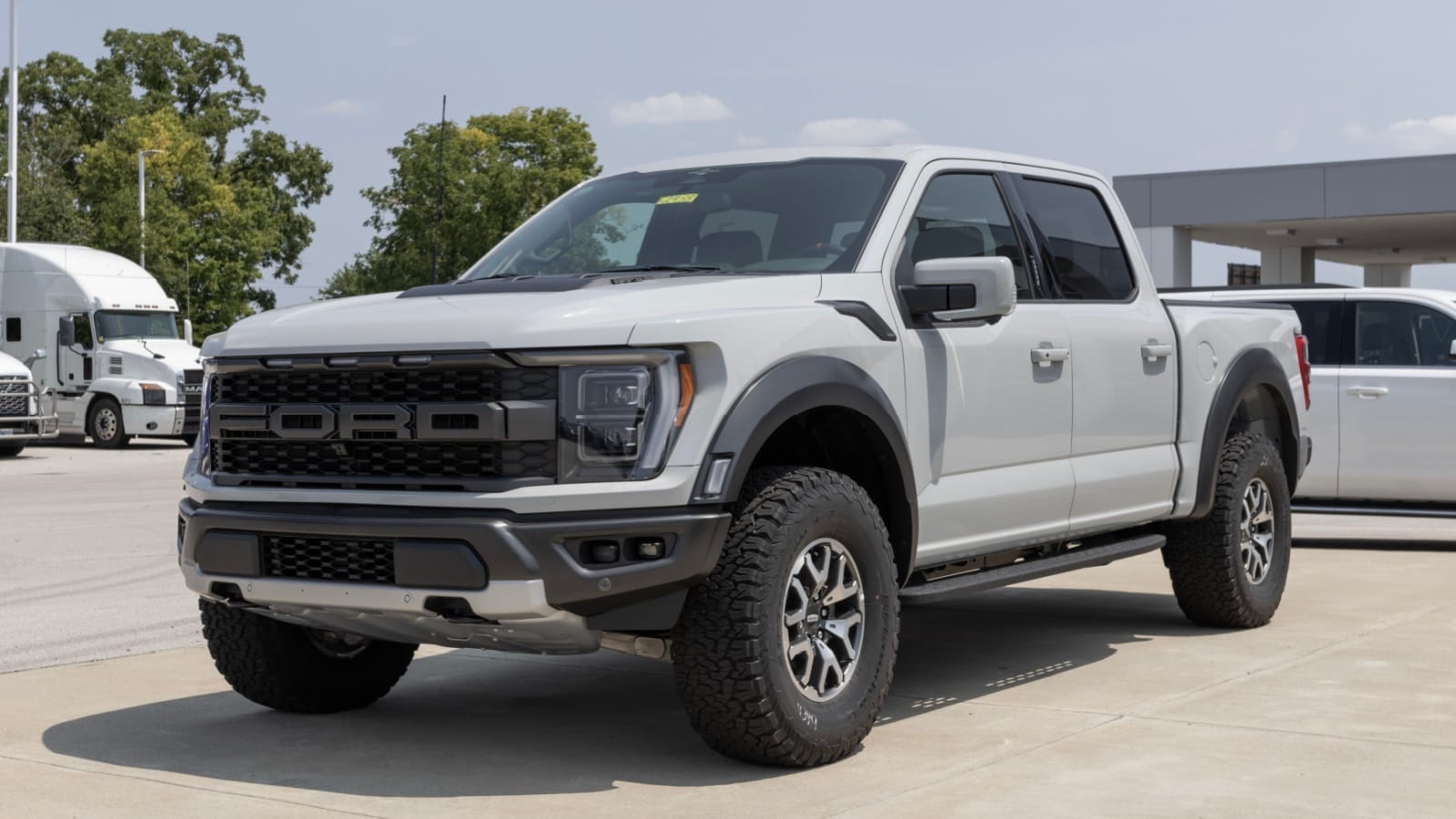
Ford’s twin-turbo EcoBoost 3.5L V6 proved that a V6 could replace a V8 in the truck world without compromise. In the F-150 it became a best-seller, offering V8-like towing power with better efficiency. Its appearance in the Ford GT supercar further showcased its versatility, where it delivered exotic levels of performance in a Le Mans-winning package.
Lancia Stratos Dino V6

Borrowed from Ferrari, the compact Dino V6 gave the Lancia Stratos its character. Lightweight, rev-happy, and musical, it was the perfect companion for a rally car that became an icon of the 1970s World Rally Championship. The engine’s compact design allowed for the Stratos’ radical wedge shape and mid-engine layout.
Ferrari Dino 246 GT V6
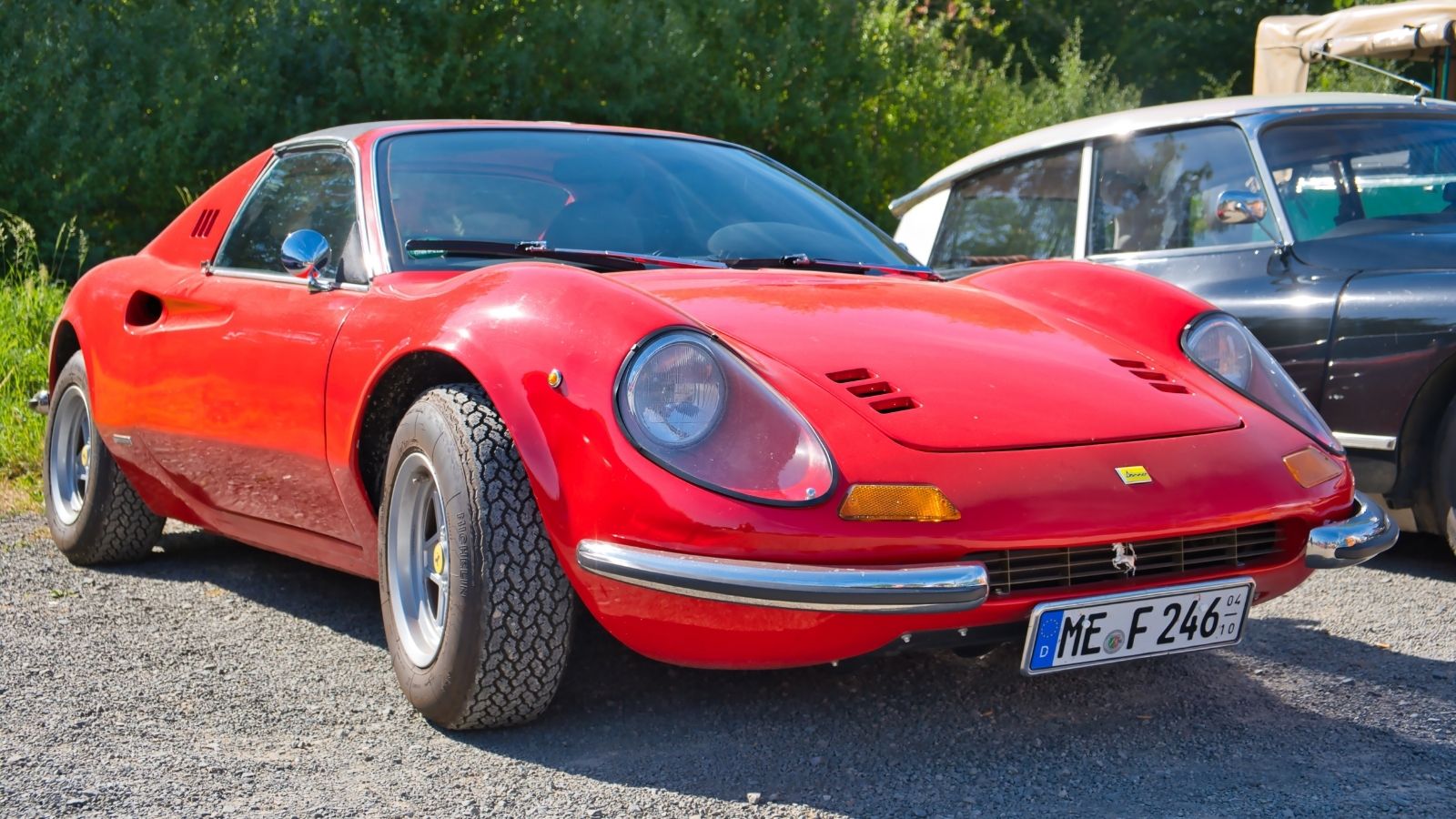
The Dino 246 GT introduced Ferrari’s smaller-displacement V6 to road cars, but its performance and sound left a big impact. With roots in Ferrari’s Formula 2 program, the 2.4L V6 was advanced for its time and helped create one of the most beloved classic Ferraris. It gave the Dino credibility and reminded the world that smaller engines could still deliver exotic thrills.
Buick GNX LC2 3.8L Turbo V6
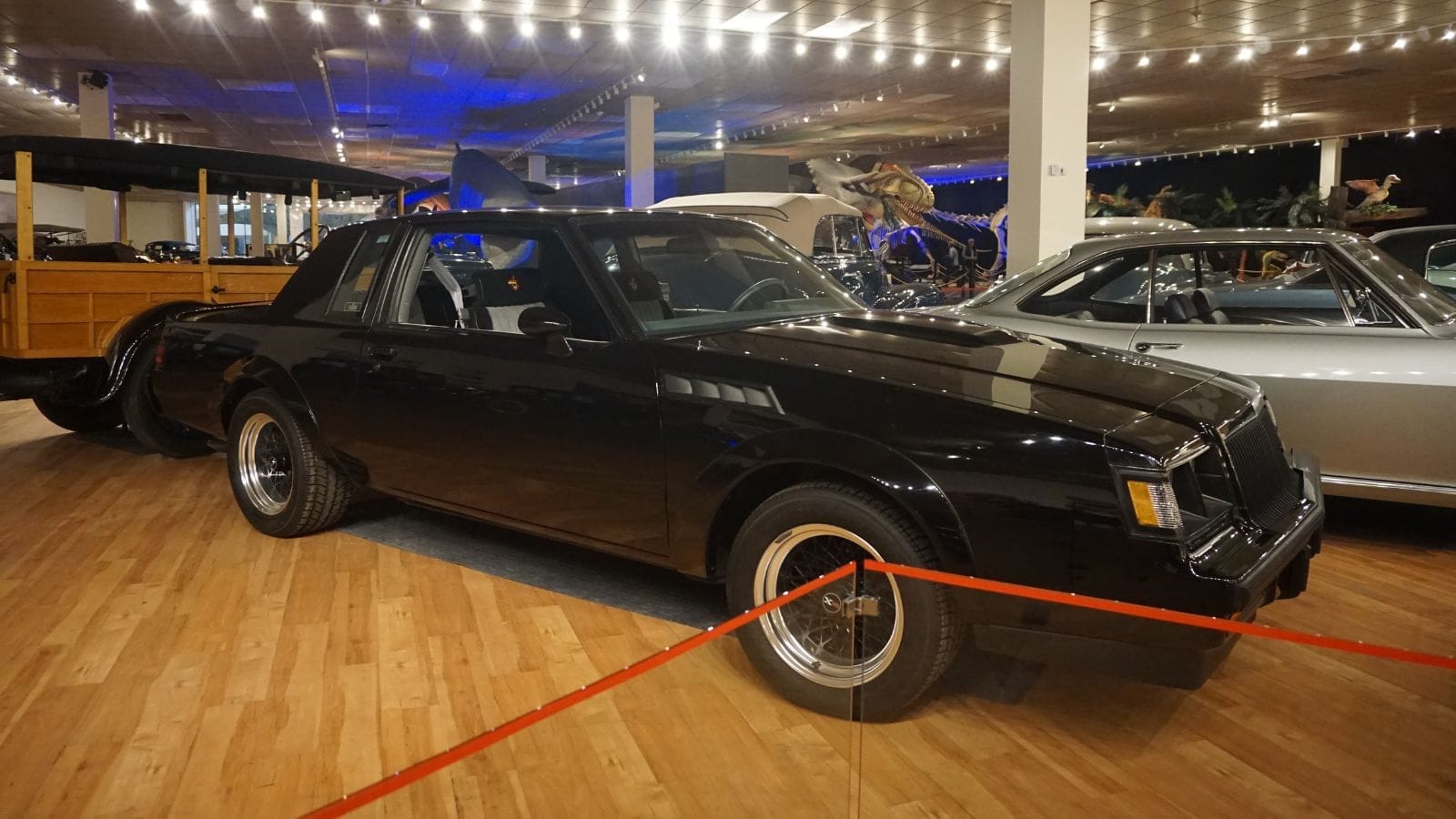
The Buick GNX shocked the muscle car world in the 1980s by outgunning V8 competitors with a turbocharged V6. With 276 horsepower (though many believe it was underrated), the GNX became a street legend, embarrassing Corvettes and Camaros. Its place in American car culture is secure as the car that brought forced-induction V6s into the spotlight.
Maserati Nettuno V6
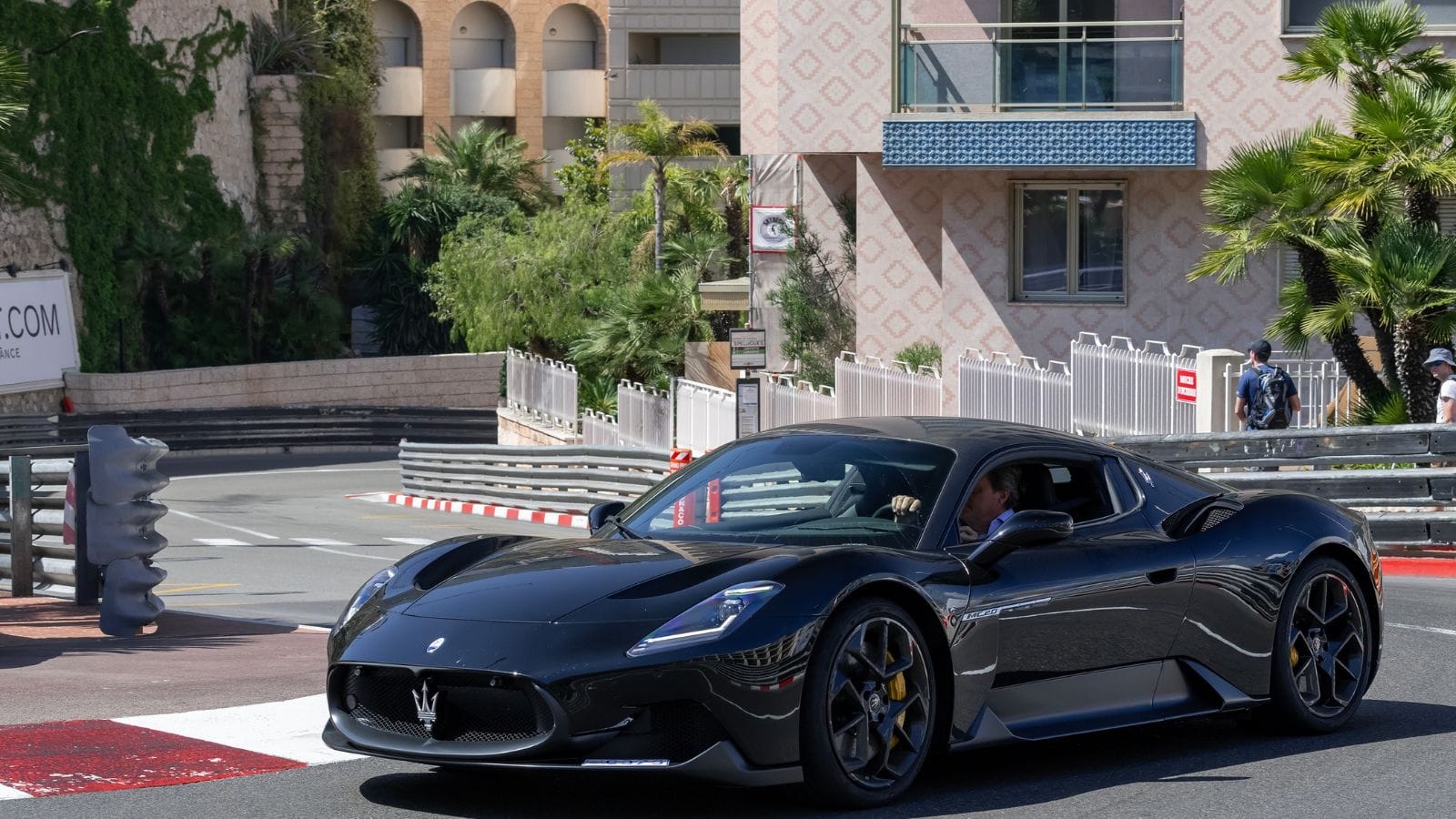
The Nettuno V6 in the Maserati MC20 represents the future of high-performance V6 engines. With twin turbos and Formula 1-inspired pre-chamber combustion technology, it pushes over 600 horsepower while remaining efficient. Lightweight and compact, it’s proof that V6 engines are still relevant at the very top of the performance car world.
Mercedes-Benz M276 / M256 V6
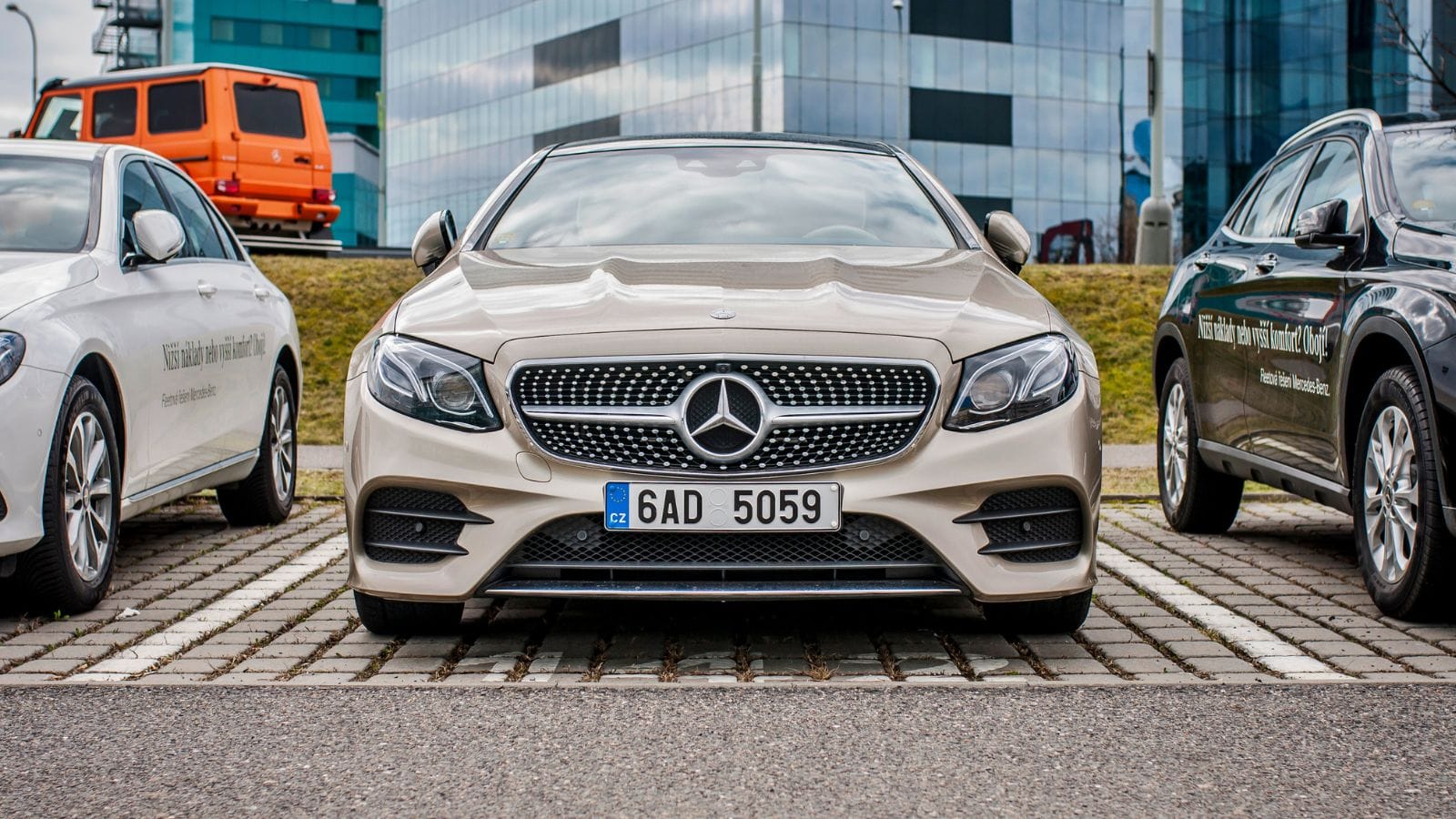
Mercedes’ V6 offerings combined refinement and power. The M276 was used in E-Class and S-Class sedans, delivering effortless torque and smoothness. Its successor, the M256, added electrification with mild hybrid systems, showcasing how V6 engines can evolve in the modern era. These engines highlight Mercedes’ ability to blend luxury and performance seamlessly.
Jaguar AJ-V6
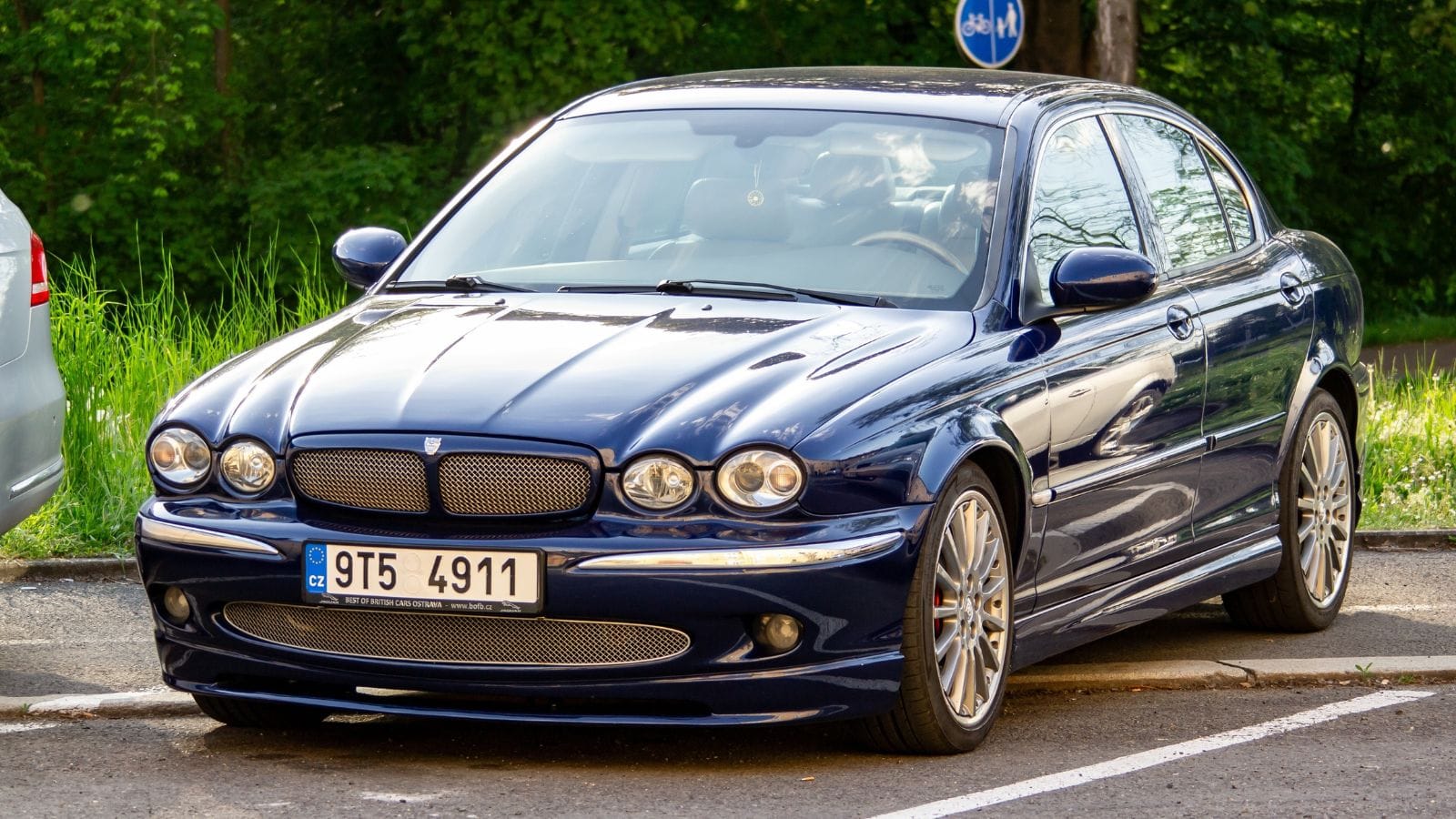
Jaguar’s AJ-V6, derived from Ford’s Duratec, might not have been exotic, but it powered a wide range of Jaguars through the 2000s. In the S-Type and X-Type, it gave the brand a reliable, smooth engine option that helped Jaguar modernize. Though understated, it showed the flexibility of the V6 architecture in luxury vehicles.
Volkswagen VR6
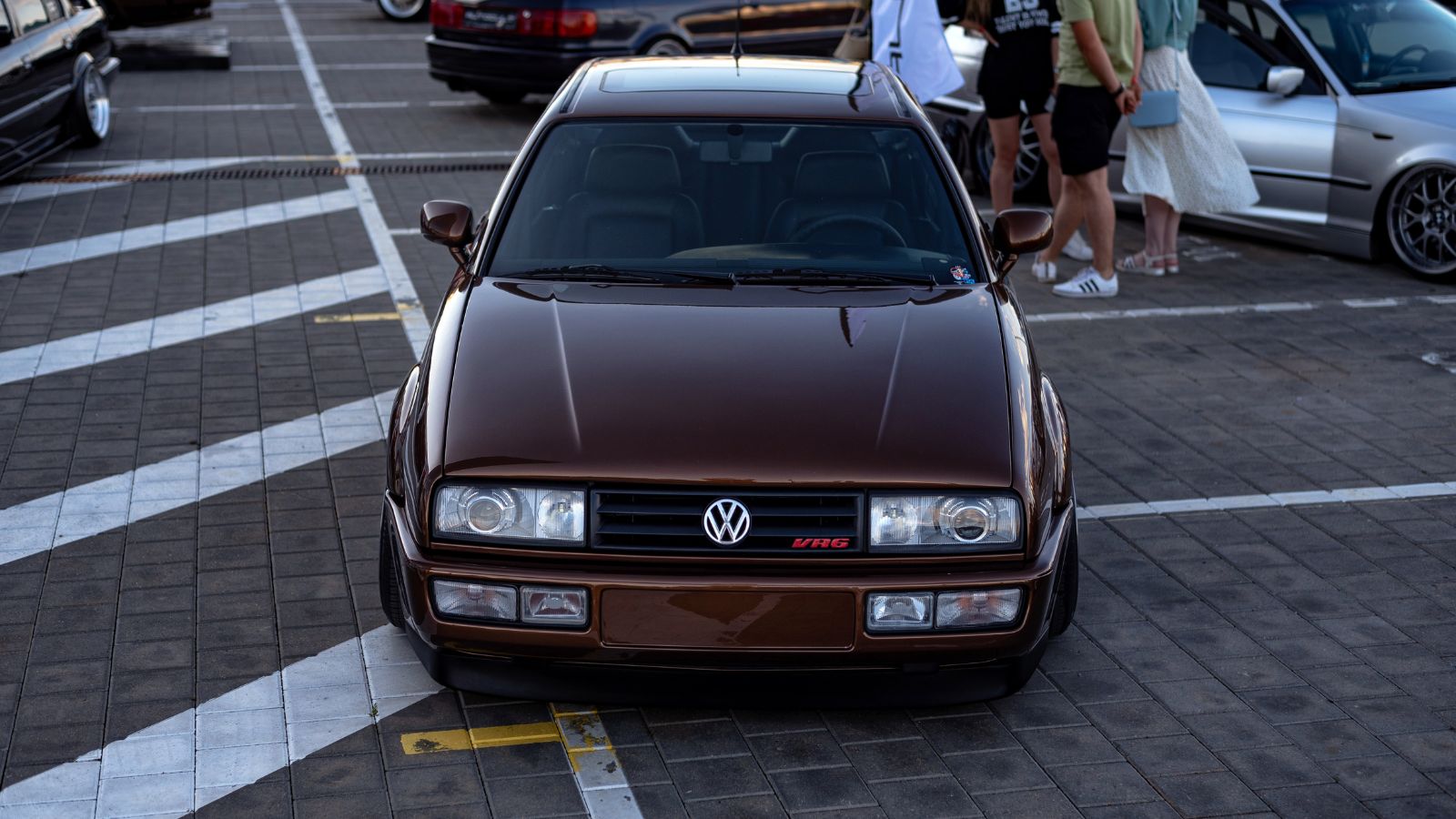
The VR6 was one of Volkswagen’s most unique engineering achievements. With its narrow-angle design, it fit into engine bays designed for four-cylinder cars while offering the smoothness and torque of a six-cylinder. Found in cars like the Corrado, Golf, and Passat, the VR6 developed a cult following for its deep growl and punchy performance.
Peugeot-Renault-Volvo (PRV) V6

The PRV V6 wasn’t always glamorous, but it was versatile, powering everything from Peugeots and Volvos to the DeLorean DMC-12. Tuned versions were used in rally cars and even endurance racing. While its reputation was mixed, its wide application and impact on European motoring history can’t be ignored.
Chrysler Pentastar V6

Introduced in 2010, the Pentastar became Chrysler’s workhorse engine. Found in Jeeps, Ram trucks, Dodge Chargers, and minivans, it offered strong power and durability. Its widespread use across so many platforms makes it one of the most important North American V6s of the modern era.
Aston Martin DB7 Supercharged V6

While Aston is usually associated with V8s and V12s, the early DB7 used a supercharged inline-six and V6-derived design that helped revive the brand in the 1990s. The compact, forced-induction engine offered strong performance and showed Aston could deliver modern performance with heritage engineering.
Renault-Gordini V6 (Alpine A310)

Renault’s V6, when tuned by Gordini, powered the Alpine A310 and other rally-bred machines. These engines combined affordability with racing credibility, helping Renault stay competitive in motorsport. They may not have had the glamour of Italian rivals, but their rally success speaks for itself.
Acura NSX C30A / C32B V6

Honda’s masterpiece, the NSX’s VTEC-equipped V6, is one of the greatest engines of all time. The C30A and later C32B revved freely, sounded incredible, and offered bulletproof reliability. In a supercar landscape dominated by temperamental exotics, the NSX’s V6 proved that a Japanese-engineered six-cylinder could deliver world-class performance and durability in one package.
25 Facts About Car Loans That Most Drivers Don’t Realize

Car loans are one of the most common ways people fund car purchases. Like any other kind of loan, car loans can have certain features that can be regarded as an advantage or a disadvantage to the borrower. Understanding all essential facts about car loans and how they work to ensure that you get the best deal for your financial situation is essential. Here are 25 shocking facts about car loans that most drivers don’t realize:
25 Facts About Car Loans That Most Drivers Don’t Realize
